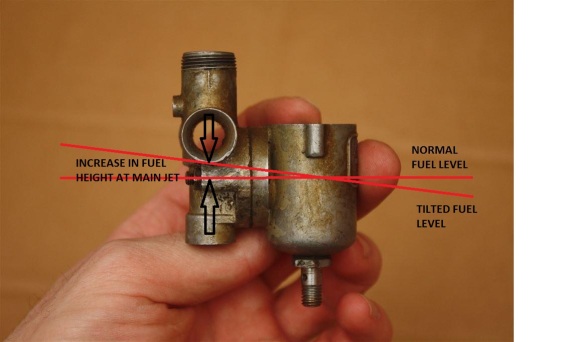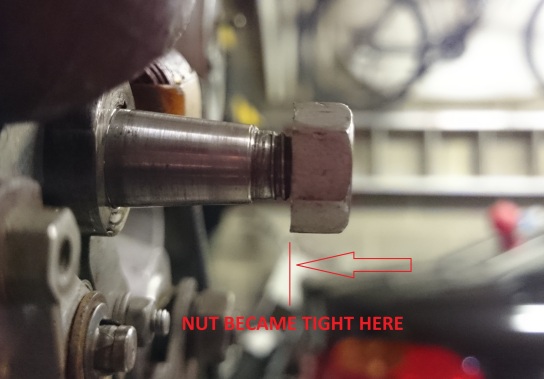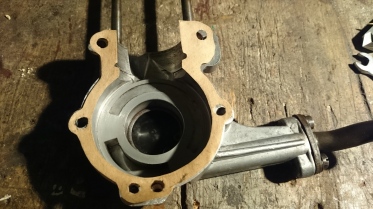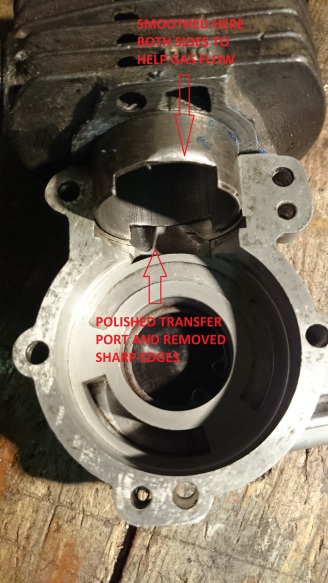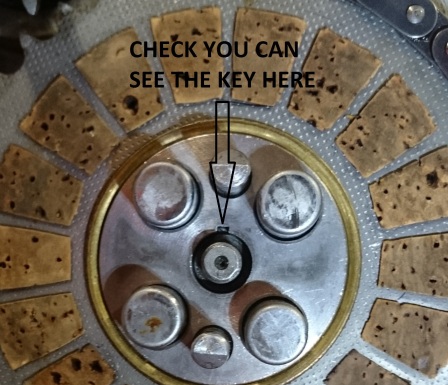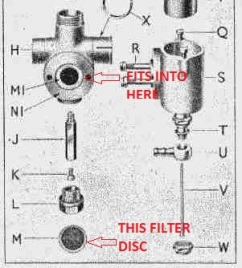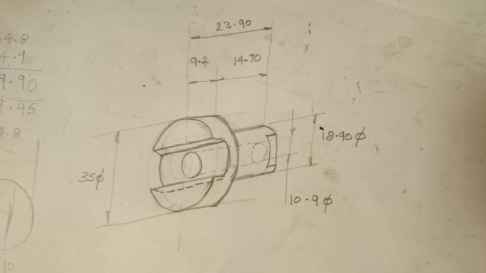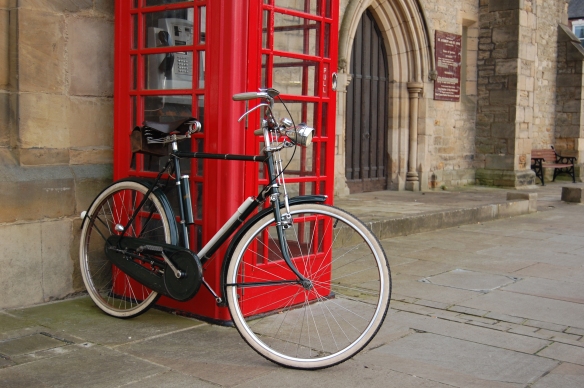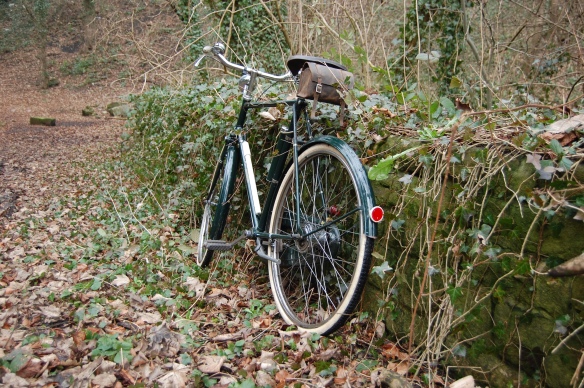After furiously pedalling my warm Cyclemaster to get it to start, I found it began to fire as I rolled the throttle to almost closed. So I’m trying to figure out why, as this could lead me to the solution.
Fuelling control on a 2 stroke normally works like this:
- Pilot jet – controls idle to around 1/4 throttle
- Slide cutaway – controls 1/8 to around 1/2 throttle
- Needle and jet – control from 1/4 to 3/4 throttle
- Main jet – controls from 1/2 to full throttle
Now the Amal 308 carb is a basic item as it doesn’t have a pilot jet and adjusting screw. And without a pilot jet, fuelling for warm starting can only be controlled by the cutaway and needle jet. So the next step is to understand how the carburettor works and the answer is the “Venturi Effect”.
The Venturi Effect was discovered by an Italian physicist called Giovanni Battista Venturi and it goes like this:
The Venturi effect is the phenomenon that occurs when a fluid that is flowing through a pipe is forced through a narrow section, resulting in a pressure decrease and a velocity increase.
In a carburetor, the pressure decrease creates suction that causes fuel to be sucked into the passing air where it mixes and gets drawn into the engine. When starting a warm engine with a normal carburettor, the fuel would be drawn through the pilot jet and the pilot jet suction port is positioned just behind the front edge of the throttle slide (engine side). This is the narrowest part, so the point where the air is moving the fastest and the point of maximum suction – see diagram below.
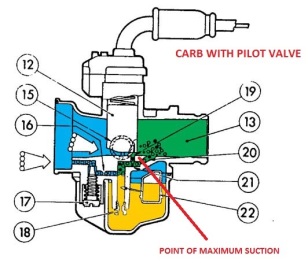
However, the Amal 308 doesn’t have a pilot jet, so fuel can only get drawn from the Needle Jet and here, I think, lies the problem; it’s in the wrong position when trying to start a warm engine! The suction just isn’t enough to raise fuel up the Needle Jet Tube, at low air flow.
Also it gets worse if you open the throttle. This increases the area above the needle jet, so the air velocity decreases and the suction decreases to the point where no fuel is drawn into the air – hence it won’t start. If some fuel is drawn up, the engine doesn’t fire as it’s getting too much air and the mixture is too weak to fire, as the throttle slide is up.
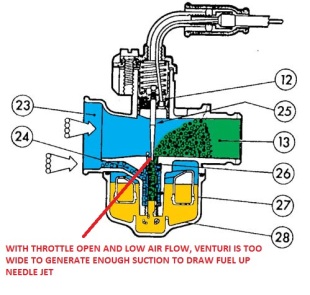
However, as you close the throttle, the air flow is restricted, the mixture gets richer and the engine fires.
I believe this may explain the poor warm starting many Cyclemasters suffer.
It also explains why tilting the carburettor to the left helps; it simply lets a little petrol run into the venturi. And you probably noticed in my “kick-start” video that the engine started on idle, i.e. throttle slide almost down to get down to get maximum suction at the needle jet and limited air.
So, to start your warm engine, I suggest:
- mark the idle position on the throttle control and set it just above this point,
- tilt the bike and engine to left for a few seconds (experiment with angle of tilt and time),
- kick-start or pedal the bike.
and hopefully, it’ll start – before you run out of breath!
Good luck, I hope this helps and please let me know your experience.
Addendum
For those of a scientific mind the Venturi Effect is governed by the Bernoulli principle. And Bernoulli’s principle is why aeroplanes and birds can fly, why a football follows a curved path when kicked with spin and why ships must maintain a minimum distance when they pass in opposite directions. I can explain if anyone wants to know?

